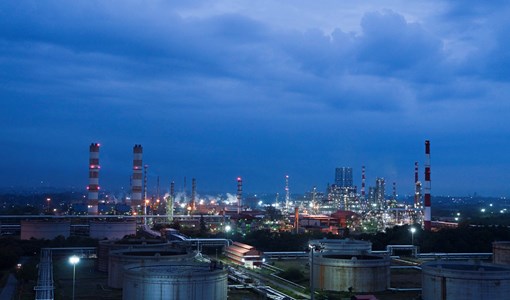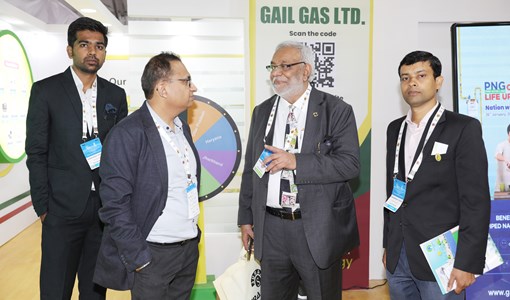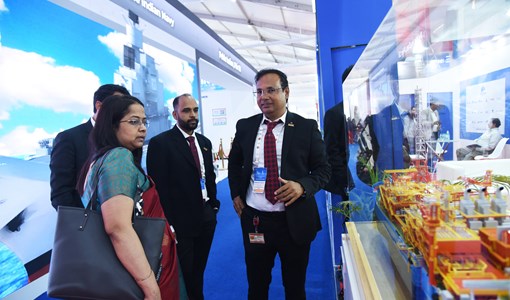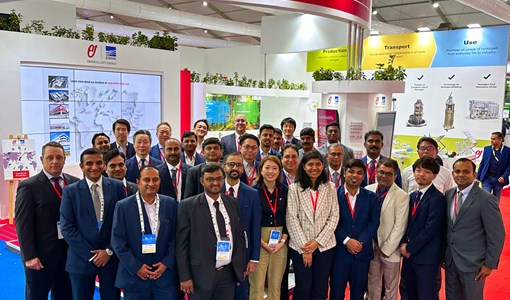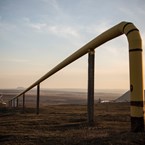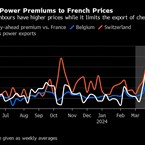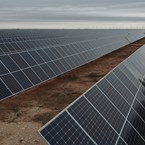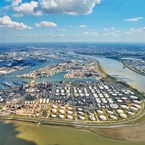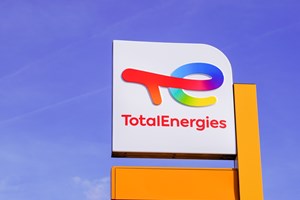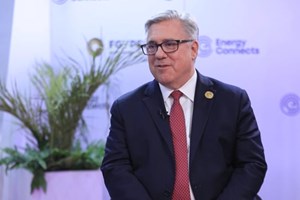The United States at the forefront of the gas and LNG transformation
Neil Chatterjee, Chairman of Federal Energy Regulatory Commission (FERC), writes exclusively for Gastech News
Large-scale LNG exports are a relatively new part of the domestic natural gas industry. Newly constructed terminals have begun to ship cargoes to countries around the world and the United States’ LNG has become integrated within the global market. In 2017, we became a net exporter of natural gas for the first time in more than 60 years. And our net exports of natural gas continued to grow in 2018. This year, our nation’s LNG export capacity is expected to nearly double. According to the International Energy Agency’s 2018 Gas Report, the United States will account for almost 45 per cent of the growth in global natural gas production and nearly three-quarters of the world’s LNG export growth. As more export capacity comes online, the United States has an opportunity to become a major player in the global LNG industry, which is promising for U.S. economic and geopolitical goals. Similarly, existing and potential projects are labour and capital intensive, stimulating job growth and infrastructure investment. From the global significance, to the environmental benefits, to the boon they represent to an already thriving U.S. economy, LNG projects offer a great deal of opportunity.
Major opportunities ahead
Like any industry, there are competitors in the global LNG business. Australia has quickly grown to be a major player. Additionally, Russian pipeline gas competes with U.S. LNG for market share in Europe. On that note, I was pleased to see that in the first quarter of 2019, Europe was — for the first time ever — the top destination for U.S. LNG. In the near-term, U.S. LNG has to find market share amongst all these global supply options by producing favourable or flexible prices and terms. But, in the long term, the further development and utilisation of U.S. LNG export capacity depends a lot on the comparative cost of liquefaction versus other options and the willingness to be creative with contract terms, offering flexibility to customers. Globally, the need for new capacity will also be driven largely by market development and countries using natural gas to feed economic growth and switch from other fuels.
FERC had a busy start to 2019
Earlier this year, my fellow commissioners and I reached an agreement on an approach to assessing the impact of greenhouse gas emissions for LNG projects. I am cautiously optimistic we can continue to move forward and meet our goal of expeditiously reviewing the remaining 12 LNG export facilities and dozens of pipeline projects. Of course, we still review each project individually on its own merits, looking at the law, the facts and the science. I will note, however, that LNG is only one of the many matters that FERC oversees. For example, we’re also evaluating interstate pipeline applications, overseeing electric reliability and considering how we set electric transmission rates.
Second LNG wave
It is an exciting time for U.S. LNG right now. The final investment decisions for Corpus Christi Train 3, Golden Pass, and Calcasieu Pass signal that project developers are getting the backing they need to move forward and start construction. There are currently 12 LNG export projects under review, which from my perspective indicates that there’s a strong signal for a second wave of domestic LNG development.
United States energy mix Changing
The increasing ability of natural gas to compete in the fuels market has led to growing demand for its use in power generation across the country. Natural gas generators produced more electricity than any other source in the U.S. during 2018. LNG exports have also shown tremendous growth over the last few years. At the start of 2019, the U.S. had added approximately 3.6 Bcfd of export capacity since the first large-scale LNG export facility was placed in service in 2016. Furthermore, that capacity is expected to more than double by the end of this year.
Gastech coming to the United States
The United States — and particularly Houston — is at the forefront of the transformative changes we’re seeing in our energy landscape. Our country, like so many others across the world, are facing big questions on the opportunities and challenges this transformation brings, specifically as it relates to natural gas. From my vantage point, there’s no better time than now for Gastech to be hosted here.
KEEPING THE ENERGY INDUSTRY CONNECTED
Subscribe to our newsletter and get the best of Energy Connects directly to your inbox each week.
By subscribing, you agree to the processing of your personal data by dmg events as described in the Privacy Policy.

Energy Workforce helps bridge the gender gap in the industry
Mar 08, 2024
EGYPES Climatech champion on a mission to combat climate change
Mar 04, 2024
Fertiglobe’s sustainability journey
Feb 29, 2024
P&O Maritime Logistics pushing for greater decarbonisation
Feb 27, 2024
Neway sees strong growth in Africa
Feb 27, 2024
India’s energy sector presents lucrative opportunities for global companies
Jan 31, 2024
Oil India charts the course to ambitious energy growth
Jan 25, 2024
Maritime sector is stepping up to the challenges of decarbonisation
Jan 08, 2024
COP28: turning transition challenges into clean energy opportunities
Dec 08, 2023
Why 2030 is a pivotal year in the race to net zero
Oct 26, 2023Partner content

Ebara Elliott Energy offers a range of products for a sustainable energy economy

Essar outlines how its CBM contribution is bolstering for India’s energy landscape

Positioning petrochemicals market in the emerging circular economy

Navigating markets and creating significant regional opportunities with Spectrum





